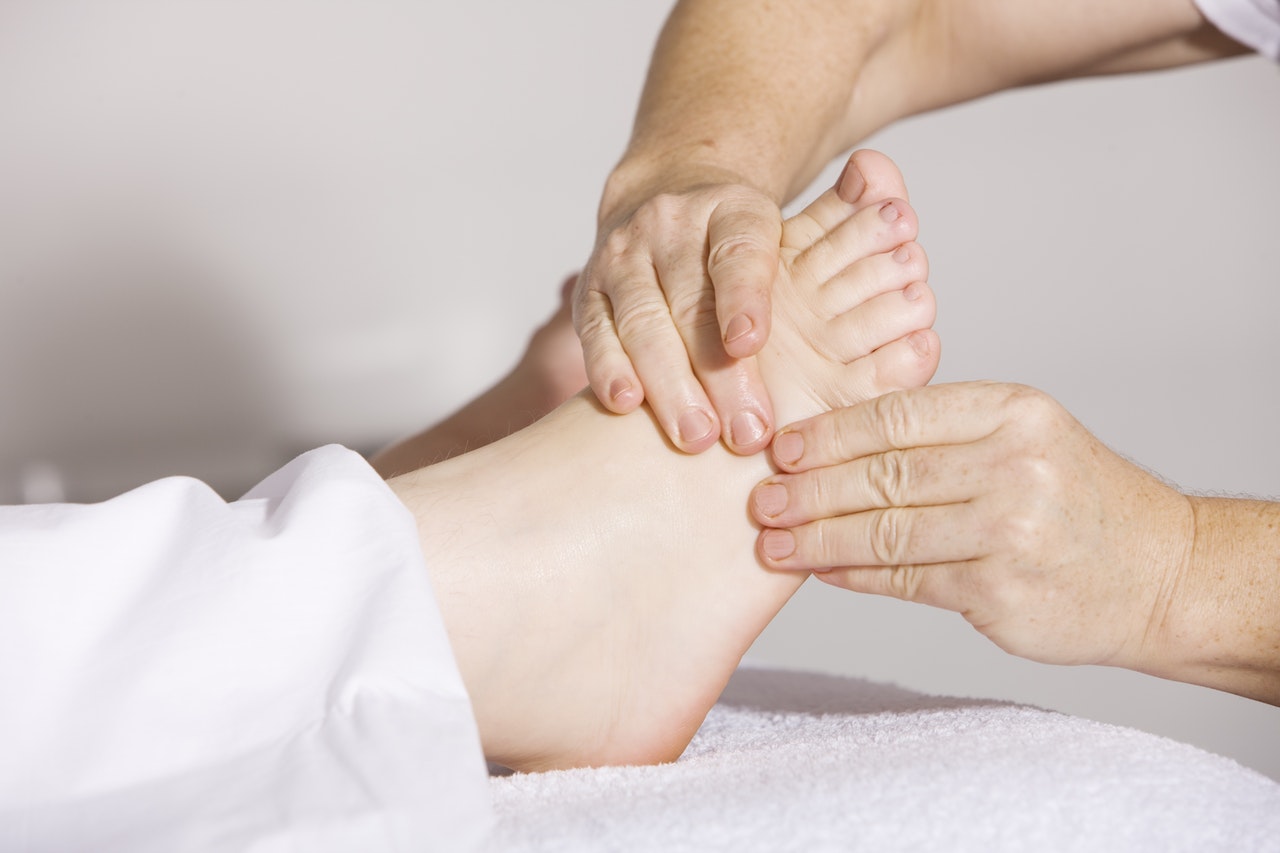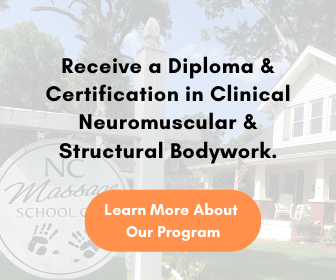If you have ever had a massage, you have probably spent some time talking with your massage therapist. Many times, after these conversations, people decide they want to pursue a career as a massage therapist. There is a good reason for this. Massages do not just feel good. They are highly therapeutic; that is one reason that massage therapy jobs are in high demand and growing much faster than many other traditional jobs in the healthcare fields.
People think that becoming a massage therapist is easy, but there are several steps to make it a reality. Massage therapists are trained and certified to treat clients using advanced massage techniques that allow them to manipulate the soft-tissue muscles in the body. This requires commitment and dedication to advanced training.
Once you are certified, it is time to start looking for a job. But, where do you even begin to look? Certified massage therapists work in an array of settings, both private and public, such as private offices, spas, hospitals, and fitness centers. Some massage therapists also travel to clients’ homes or offices to give a massage. All of these settings can be placed into three categories: health care, sports, and spa.
Let’s take a closer look at these three categories, to help give you a better understanding of each.
Health Care
Many professionals who practice in a health care setting say that the most profound difference in this setting has more to do with the environment than massage therapy skill-set. When working in hospitals and nursing homes, massage therapists need to be comfortable moving around medical equipment, as many times you will be seeing people who are attached to a monitor or IV, or have a catheter or ventilator placed.
In most health care environments, massage therapists are going to be part of a larger team, making strong interpersonal skills necessary for success. As well as working with medical staff such as physicians and nurses, you might also work alongside other complementary and alternative medicine practitioners.
Many health care environments are going to pay you an hourly wage. However, you may be able to find a salaried position if you live in an area where a hospital has an established, successful massage therapy or integrative health care program.
Although massage therapy in health care environments is trending up, full-time, salaried positions are not currently the norm in many areas of the country.

Sports
Along with your standard massage education, a better-than-average understanding of anatomy and physiology along with kinesiology, pathology, and orthopedic assessment will be expected. You should know the principles of the rehabilitation process and where massage can be most beneficial within that process.
Another key to working with athletes is the ability to quickly and accurately assess the problem while knowing how massage should be integrated to enhance the overall treatment program for the athlete. In addition to anatomy and physiology, massage therapists must also have a thorough understanding of the sport they want to work within. Familiarize yourself with the training regimen, competitive practices of the sport and common massage modalities used so you will be prepared to ask the right questions.
As many sports massage therapists learn, starting locally is often the most efficient way to build a steady client-base and resume. If you’re just starting out, check out the opportunities to work and volunteer at local events. Even seasoned massage therapists can benefit from increased exposure.
Spa
The most common types of spas include day spas, resort/destination spas, and medical-based spas. Each kind of spa offers a variety of different services. The different types of spas give you the opportunity to diversify your skillset and gain a wide portfolio of experience. A benefit is that the continually growing spa industry gives you more opportunities to move or relocate.
Another benefit of being a spa employee is that there is generally a support staff to take care of all of the basics, including scheduling and other business needs. Therefore, you can focus solely on massage and your clients, and not the paperwork and other factors that come into play when you are working as a sole practitioner. The spa will generally provide all of the supplies you need. In addition, working with a team of staff and other massage therapists can provide a sense of community and support.
It is always important to be thinking ahead about your ultimate career goals in the massage therapy profession. If you decide to become self-employed, be sure to also consider getting business insurance from an experienced company. If you are still unsure about which path is best for you, gaining some exposure to different work settings is never a bad idea. The best way to start is by looking into new educational courses that will help expand your knowledge as a certified massage therapist. To learn more about becoming a certified massage therapist, be sure to check out our latest curriculum today!

